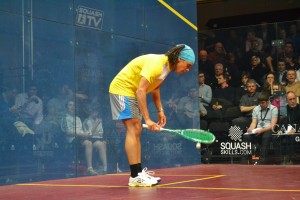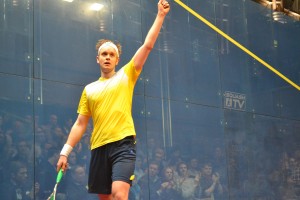No, this isn’t an article about horoscopes and how the moon rising in Uranus can affect your sporting successes, but a scientific observation known as the Relative Age Effect (RAE) which is determined by the cut-off date for age group competition. The RAE is particularly obvious in sport and academia where participation in higher amongst those born early after the designated cut-off date.
Malcolm Gladwell raised this interesting issue in his 2008 book, ‘Outliers’ where he noted that there were more players in the Canadian national ice hockey league born between January and March than any other months of the year. This wasn’t down to random coincidence, but more to do with the fact that cut-off dates for school hockey programmes was 1 January, and that older pupils, who were physically bigger, tended to be placed into the elite groups where they got better coaching and more games than their December born friends. As a result of this extra coaching and attention, they tended to be increasingly better at the sport than their peers, and as a result, would receive even more training and attention than someone who could have been unlucky to have been born even a day before the cut-off date. It would be these children who had the potential to be the sports stars of tomorrow, simply because they had been born in the right month.
The same pattern is also evident across other sports in other countries. A 2005 study of Premiership footballers found that out of the 1,779 Englishmen who have played top flight football over the past 13 years, over 40% of them were born in September, October or November.
Tennis players aren’t immune from this birth bias either. A 2005 study found that out of 448 elite senior tennis players and 476 elite junior tennis players, 59% of senior players and 60% of junior players were born in the first six months of the year. This pattern was observed in both male and female players as well as in players from different regions. These results provide proof that cut-off dates for the junior competition year are responsible for the skewed birth date distribution in tennis.
Similarly, the cut-off dates for Olympic sports is 1 January, and an analysis of all 18,132 competitors in the 2008 Olympic Games showed that overall, there were more male and female competitors born in the first quarter of the year than any other quarter.
Cut-off dates in academia show exactly the same bias. In the UK, cut-off dates for school starters are 31 August, so children who are born between September and January tend to be the most successful academically, in comparison with August babies who, according to a 2011 study by the Institute for Fiscal Studies (<Sorry, this link is no longer online>), score substantially lower in national achievement tests, perform less well at GCSE level and are less likely to go to university compared to those born in September. Further studies carried out by the Office for National Statistics show how this academic bias can affect your career choices, with July and August babies being more likely to become bricklayers, hairdressers and train drivers, than September babies who tend to have more professional careers and are 20% more likely to attend university than their summer-born friends.

Do the same rules apply to squash? Looking at the birthdates of the world’s Top 50 male and female squash, there seems to be a two-pronged effect with a third (33%) of all players were born between January and March, and another 30% being born between July and September. However, if you look at the English domestic junior leagues, this is where it gets interesting. Squash officials have done their best to reduce any potential biases (intentionally or otherwise) by not having an annual fixed cut-off date. According to England Squash and Racketball, the cut-off dates are not fixed in stone, but rather they change before each event, so for instance, each U13 competitor has to be under 13 “on the day of the final of that individual event” as opposed to being under 13 at the start of the year. As a result of this, there is a fairly equal distribution of male and female U13 players across the year, with similar results being found for other junior English squash players.

But generally, being born in a lucky month doesn’t automatically guarantee you sporting success, nor does being born on the wrong side of a cut-off date restrict you from success in your chosen field. Gladwell argues that the reason some people are successful, whether it be in sport or in school, is because they are "invariably the beneficiaries of hidden advantages." However, he also argues that ‘deliberate practice’ is essential for success, with luck or talent carrying individuals only so far. You would still need to put in a lot of effort in your chosen career or hobby in order to succeed in that role.
And are the hockey players who make it to the professional level more talented than most? Undoubtedly. But, Gladwell, argues, they also got a big head start, an opportunity that they neither deserved nor earned - the most coaching, the most practice - which led to success from what sociologists call "accumulative advantage."
